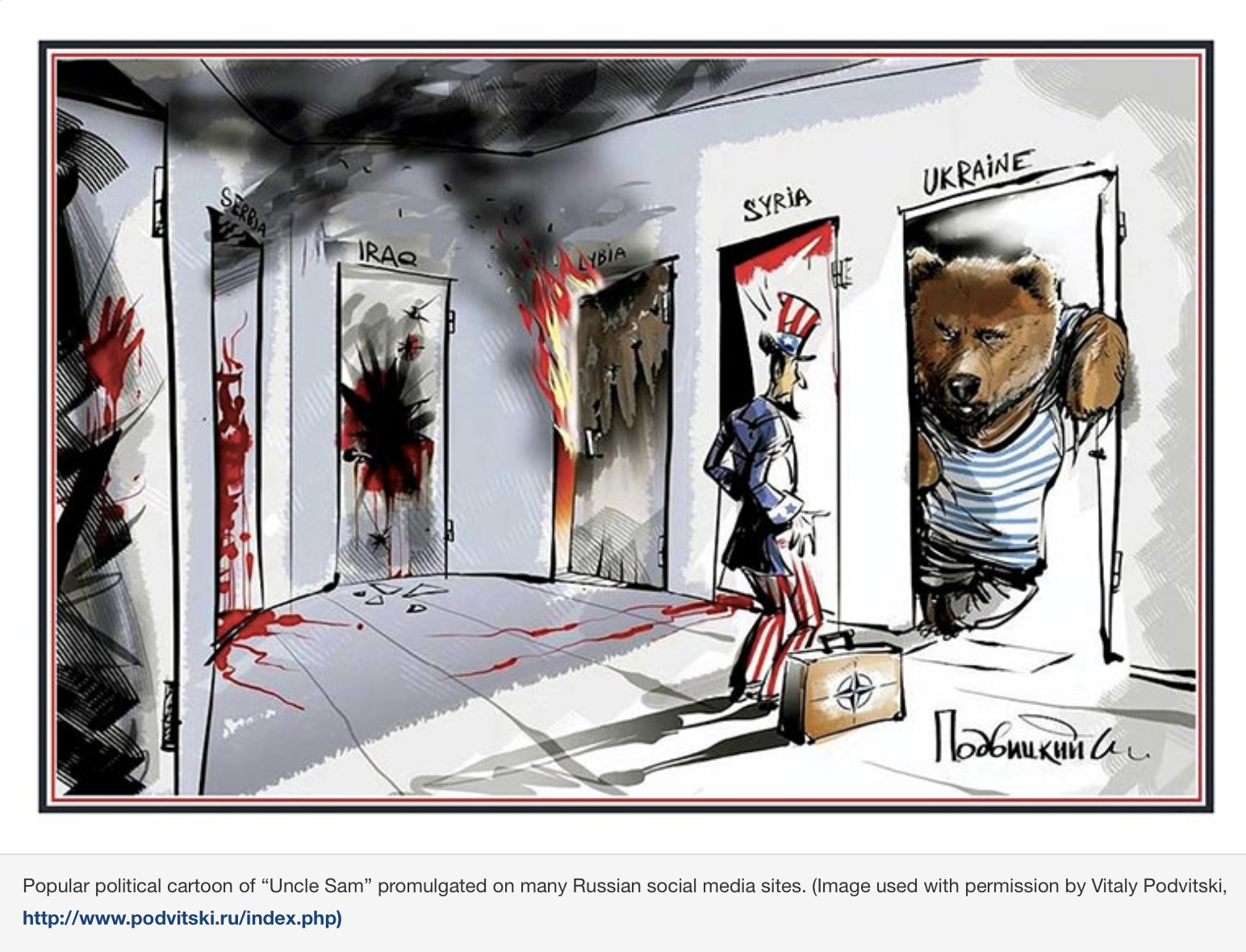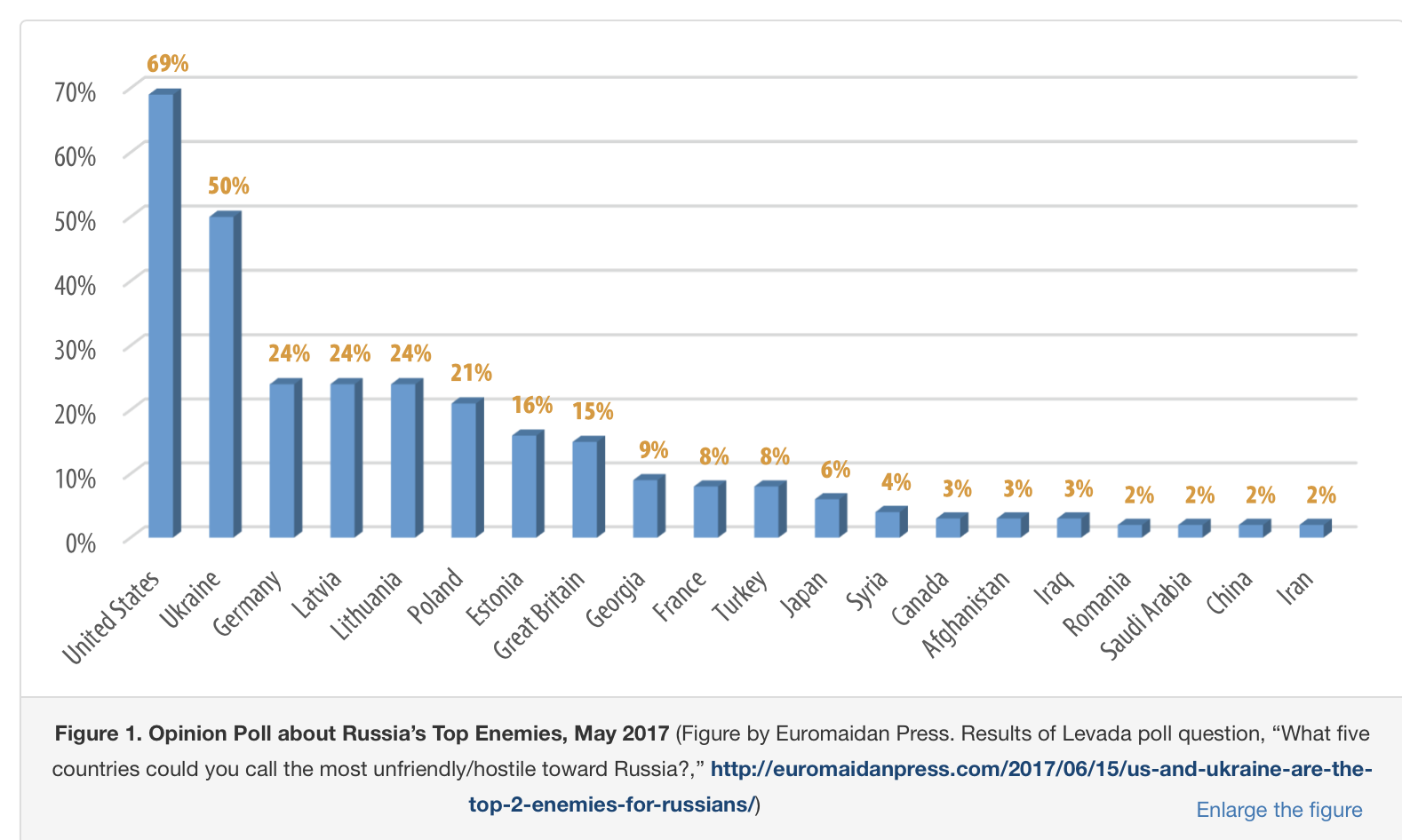A quick look at what's going on in the Russian military
/From 2014
Here are a few excerpts:
Brief Historical Background
Over the past several years, the Kremlin leadership has rewritten the narrative surrounding the collapse of the USSR and what transpired in Russia during the chaotic 1990s.8 Instead of seeing the collapse and difficult transition to a new state as the result of a failed political and economic system, the Kremlin emphasizes the nefarious role that the United States played in weakening Russia. In its modern rendition, the United States conspired to bring down the USSR and then continued to humiliate and exploit a weakened Russia during the painful decade of the 1990s. From the Kremlin’s perspective, the United States had adopted a unilateral approach toward global security, believing that it could act with impunity wherever it wanted. This sense of humiliation and resentment toward the United States formed the nucleus of the Kremlin’s chronicle of recent history.9 Whether expanding the North Atlantic Treaty Organization (NATO), sponsoring “color revolutions,” or continuing plans to enhance European defense (e.g., ballistic missile defense systems), Kremlin propaganda has been built around numerous historical examples that illustrate the need to defend Russia from this same American threat.10
…….
Control over the Media
One of Putin’s first priorities was regaining control over the major media outlets in Russia, and, over the past decade, he has exploited the strategic heights of the Russian information sphere to transmit an anti-American/anti-Western message. Today, nearly all of the major Russian television, radio, and newspaper outlets are under indirect Kremlin control.13 The most important sector is television, where upward of 90 percent of Russians still receive some portion of their news.14 But it also includes the major press outlets: ITAR-TASS and RIA Novosti, which are the rough equivalents to Associated Press and Reuters.
The Kremlin has also developed a robust presence on the internet and within major Russian social media sites. The result is a multivector approach, harnessing everything from morning talk shows to evening newscasts, from pop stars to venerable academics, from blogs to twitter accounts, from blockbuster movies to special documentaries—all continually hammering home, in the widest variety of formats—the Kremlin-approved message. For those who have electricity and are plugged in to the Kremlin’s media, there is the potential for total media saturation. Nor is this crude propaganda. The Kremlin has invested considerable resources into transforming their portion of the Russian information space into a slick, entertaining, often informative landscape that appeals to both young and old.
Besides using their daily news programs to pound this message home, over the past decade, the Kremlin-sponsored media have developed an untold number of talk shows where “experts” discuss and explain what is really happening in the news.16 These programs are an interesting mix of propaganda, analysis, entertainment, and discussion, and they are designed more to incite emotions and provoke indignation than to inform. Watching these programs, one might believe that Russians enjoy complete freedom of speech; watch for a longer period and one will discover that the Kremlin’s message is merely strengthened under the guise of open debate. Not surprisingly, the United States and its purported “wicked designs” against Russia is a favorite topic of discussion. They have also developed similar programs that address and expound upon general military topics, with the United States and NATO usually depicted as the primary threats.17 Figure 1 reflects the effectiveness of this messaging.
To reiterate, the Kremlin does not just employ the media to get its message across. It has created an all-encompassing, many-layered strategy that includes using the Russian Orthodox Church, the Academy of Sciences, nongovernmental organizations, the school system, Russian businesses, think-tanks, international conferences, modern movies, popular songs, and militarized youth groups, all designed to transmit and reinforce the Kremlin’s anti-Western rhetoric.
It strikes me that our elite have been doing the exact same thing.


